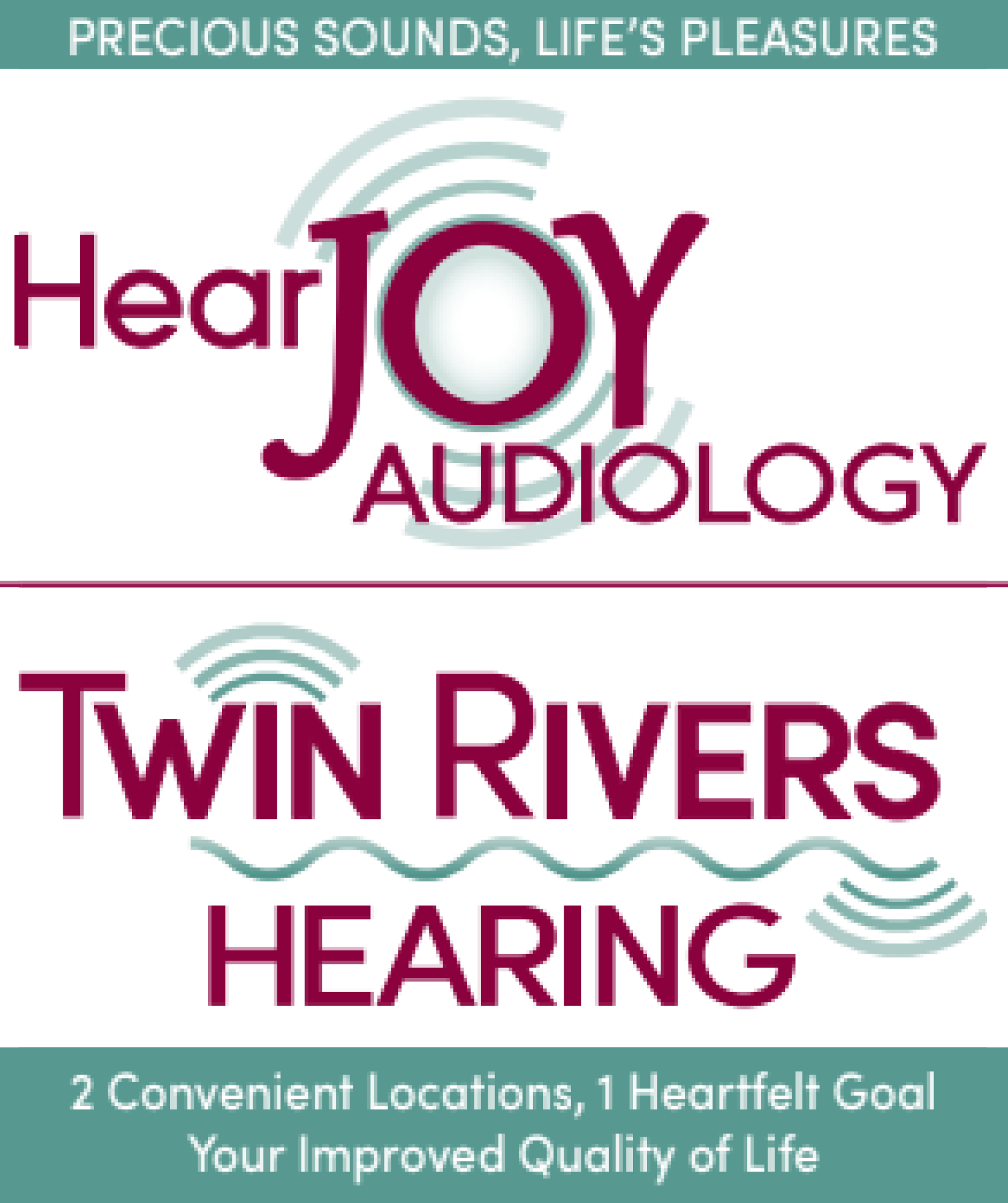Dizziness in Children

Dizziness and Balance Problems
Our sense of balance is provided by a complex system which combines information from our visual system, vestibular system, and somatosensory system. Visual information, of course, is received through our eyes and with respect to balance it helps us to see upcoming obstacles, survey the surface that we are standing or walking on, or determine whether we are standing still or moving. Our vestibular system is housed in our inner ear and detects head movement in any direction: up and down, side to side, forward or backward, or any angular movement of our head. Finally, somatosensory and tactile information is detected by nerve receptors throughout our body in skin, muscles, tendons, and joints. With respect to balance we use information coming from many areas of our body including our feet, ankles, knees, hips, waist, back, and neck.
Our brain receives input from all these systems and integrates it to help us perform tasks ranging from the mundane, such as walking down the street, to more complex, such as climbing a ladder or participating in athletic activities. When we experience a problem with our balance system, those activities which may be easy under ordinary circumstances may be come challenging or impossible. Often people with major balance problems have difficulty performing household or occupational responsibilities and need to seek medical attention to determine the cause of their problem and take corrective measures.
Dizziness in Children
Many children with permanent (cochlear) hearing loss also have problems with the balance part of their ears. These problems are likely to present differently in children than they do with adults. Adults typically have an attack (or multiple attacks) of vertigo, followed by several days or weeks of unsteadiness and intermittent dizziness. Children with congenital inner ear problems are very unlikely to have attacks, and their brain may compensate for the inner ear problem quite well. They may have some delays in standing and walking, and may appear to be somewhat clumsy. Otherwise-typically developing kids (no other developmental challenges) may appear to be developing normally. However, when their balance system is heavily taxed, they may struggle. For example, when they are walking in a dimly-lit room, they may feel unsteady or have trouble walking in a straight line. When learning to ride a bicycle or to ice skate, they may have a great deal of trouble. In fact, riding a bike for kids with inner ear problems can be dangerous.
The most common type of dizziness in children is not directly related to an inner ear problem. This s a condition known as benign paroxysmal vertigo of childhood. This condition is considered to be a pre-cursor of a migraine condition, and often there will be a family history of migraine. Symptoms include spells of vertigo lasting (spinning) lasting for about a minute, accompanied by nausea, sweating, and vomiting. These symptoms usually start around age three or four years and typically resolve after puberty. It should be noted that children exhibiting these symptoms are likely to develop more typical migraine symptoms, such as severe headache, in young adulthood.
Following are some additional causes and symptoms of dizziness and balance disorders in children.
Possible causes of balance disorders in children include:
- Chronic ear infections or fluid in the middle ear
- Hearing loss
- Certain viral infections
- Certain genetic disorders
- Meningitis
- Certain neurological disorders
- Maternal drug or alcohol use during pregnancy
- Certain metabolic disorders
- Head-neck trauma
Some symptoms of balance disorders in children include:
- Poor spatial relationships, sometimes skipping letters or words when reading. They may have difficulty writing.
- Dizziness and visual acuity problems when moving
- Difficulty walking in the dark
- Hearing loss or ear ringing
- Nystagmus (involuntary fast and slow eye movements)
- Clumsiness, tendency to fall or lean
